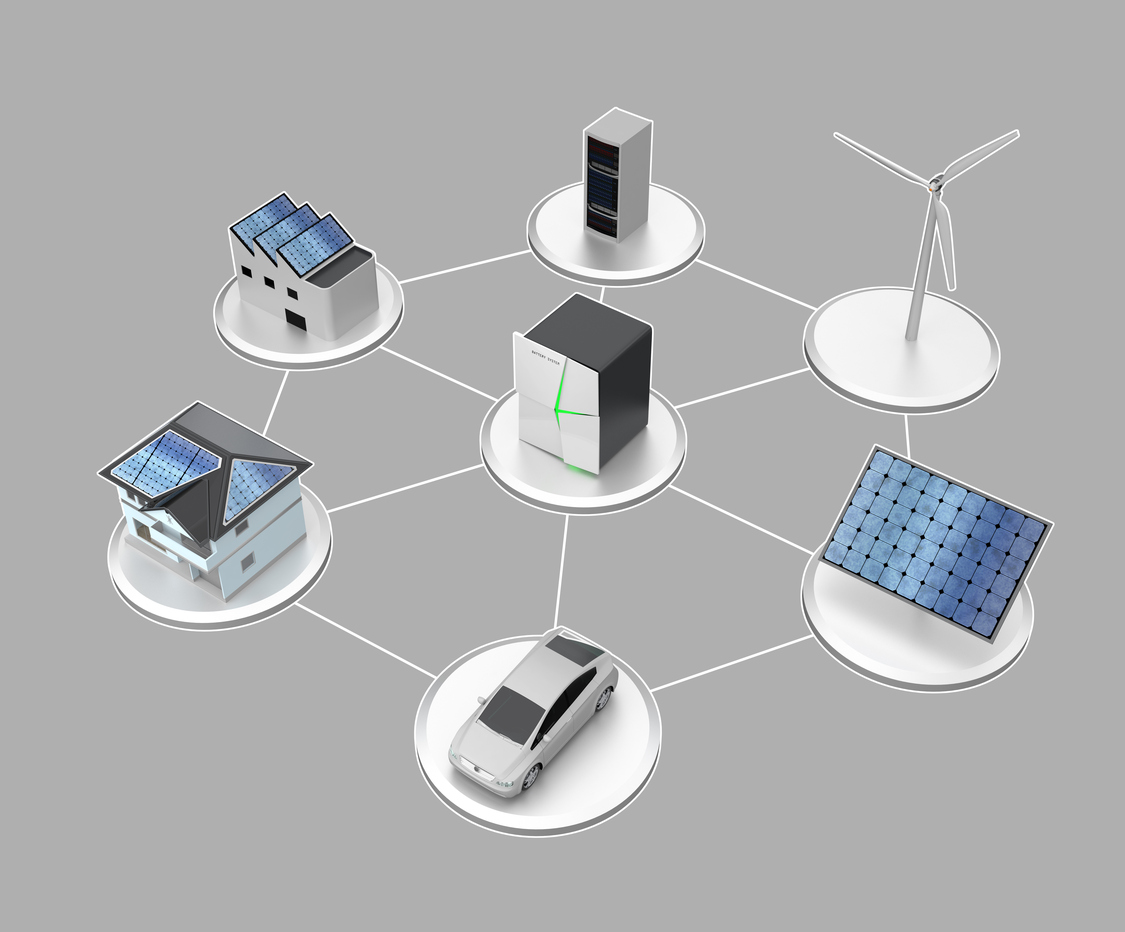 Researchers from Oregon State university have developed the first battery that uses only hydronium ions as the charge carrier, which the team believes could yield promising results for the future of sustainable energy storage.
Researchers from Oregon State university have developed the first battery that uses only hydronium ions as the charge carrier, which the team believes could yield promising results for the future of sustainable energy storage.
Particularly, the researchers are interested in the area of stationary storage. This type of energy storage primarily refers to on-grid storage to harness power from intermittent sources, such as wind or solar, for later use in general distribution. Stationary energy storage is vital for the energy landscape to transition to more renewable types of energy because it will allow the electrical grid to continue to function when the sun goes down and the wind stops blowing.
This from Oregon State University:
Hydronium, also known as H3O+, is a positively charged ion produced when a proton is added to a water molecule. Researchers in the OSU College of Science have demonstrated that hydronium ions can be reversibly stored in an electrode material consisting of perylenetetracarboxylic dianhydridem, or PTCDA.



 Alice Suroviec is an associate professor at Berry College, where she focuses her research efforts on the development of microelectrodes and applications of electrochemistry to real-time detection of biological analytes in aqueous solutions. Suroviec has recently been appointed to the ECS Electrochemical Science & Technology Editorial Board as an associate editor for the
Alice Suroviec is an associate professor at Berry College, where she focuses her research efforts on the development of microelectrodes and applications of electrochemistry to real-time detection of biological analytes in aqueous solutions. Suroviec has recently been appointed to the ECS Electrochemical Science & Technology Editorial Board as an associate editor for the 
 A new paper published in the Journal of The Electrochemical Society, “
A new paper published in the Journal of The Electrochemical Society, “ A new type of conductive graphene foam is incredibly tough and can be formed into just about any shape and size.
A new type of conductive graphene foam is incredibly tough and can be formed into just about any shape and size. New research demonstrates the development of the first stretchable integrated circuit, made entirely using an inkjet printer.
New research demonstrates the development of the first stretchable integrated circuit, made entirely using an inkjet printer. America has long been the land of innovation. More than 13,000 years ago, the Clovis people created what many call the “
America has long been the land of innovation. More than 13,000 years ago, the Clovis people created what many call the “ A team of researchers from Georgia Institute of Technology recently developed a new form of ransomware that could take over control of water treatment plants. The simulated hacking exercise was able to command programmable logic controls (PLCs) to shut down water valves, increase or decrease the amount of chemicals used to treat water, and churn out false readings.
A team of researchers from Georgia Institute of Technology recently developed a new form of ransomware that could take over control of water treatment plants. The simulated hacking exercise was able to command programmable logic controls (PLCs) to shut down water valves, increase or decrease the amount of chemicals used to treat water, and churn out false readings.